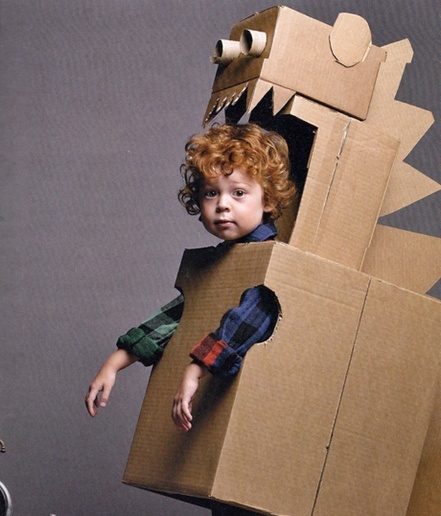The move from elementary to middle school is an exciting time in any student’s life, but this transitional period can also be stressful. Here are the biggest changes your child needs to prepare for!
1. Class formats. The actual format of a school day’s classes is likely the biggest change students will experience. Elementary school students typically remain in one classroom for the bulk of the day, with instruction and daily structure being provided primarily through a single teacher. Transitioning students will have to remember that the structure of their school day is going to change dramatically, and most middle school students have multiple teachers for separate classes and subjects. This can be a jarring change, especially the idea of spending a limited amount of time in each class before moving on to the next one. In some schools, these are referred to as “periods” and students may have six or more classes on a daily basis. Other schools work on a block schedule where students attend certain classes every other day or on specified days throughout the week. The first thing all families should do is find out what sort of class schedule is offered at the middle school your child will be attending. Then, your student should start mentally preparing themselves for this change – balancing multiple subjects can be difficult. Which leads us to…
2. Educational materials. Middle school students also have far more responsibilities, especially when it comes to being prepared for class each day. Whereas elementary school students may be used to a single folder or backpack to hold their academic materials, middle school students will often have different requirements for each class. Many schools still rely on textbooks, which means students will have to make sure they bring them to classes when needed. Since textbooks can be heavy to carry around for extended periods, many students will also be assigned a locker to store materials throughout the day. We recommend that students make a comprehensive list of the materials they will need for each class. Next, it’s a good idea to start planning out a typical day!
3. Navigation. This is often overlooked, but many students are overwhelmed by larger school and class sizes. Students will be expected to move around campus each day, and middle schools often incorporate a short window between classes (sometimes called a “passing period”) to allow for students to physically walk to their next subject. Since middle schools can be larger than elementary schools, we recommend students visit the campus prior to the first day of school. If your student is able to receive a course list in advance (with room numbers), planning out their route around campus ahead of time is a great idea.
4. Organizational skills. With more classes and materials to keep track of, middle school students undoubtedly have more responsibilities than their elementary school counterparts. It is absolutely crucial for students to develop an organizational system that works for them. With multiple classes and due dates, having a planner or agenda is critical for any student to succeed (in middle school and beyond). We recommend students get their school shopping done in advance – a good tip is to purchase materials that will help with the organization process (dividers, binders, highlighters, sticky notes, etc.) Click here for more great tips on how to create a planner that works for you!


